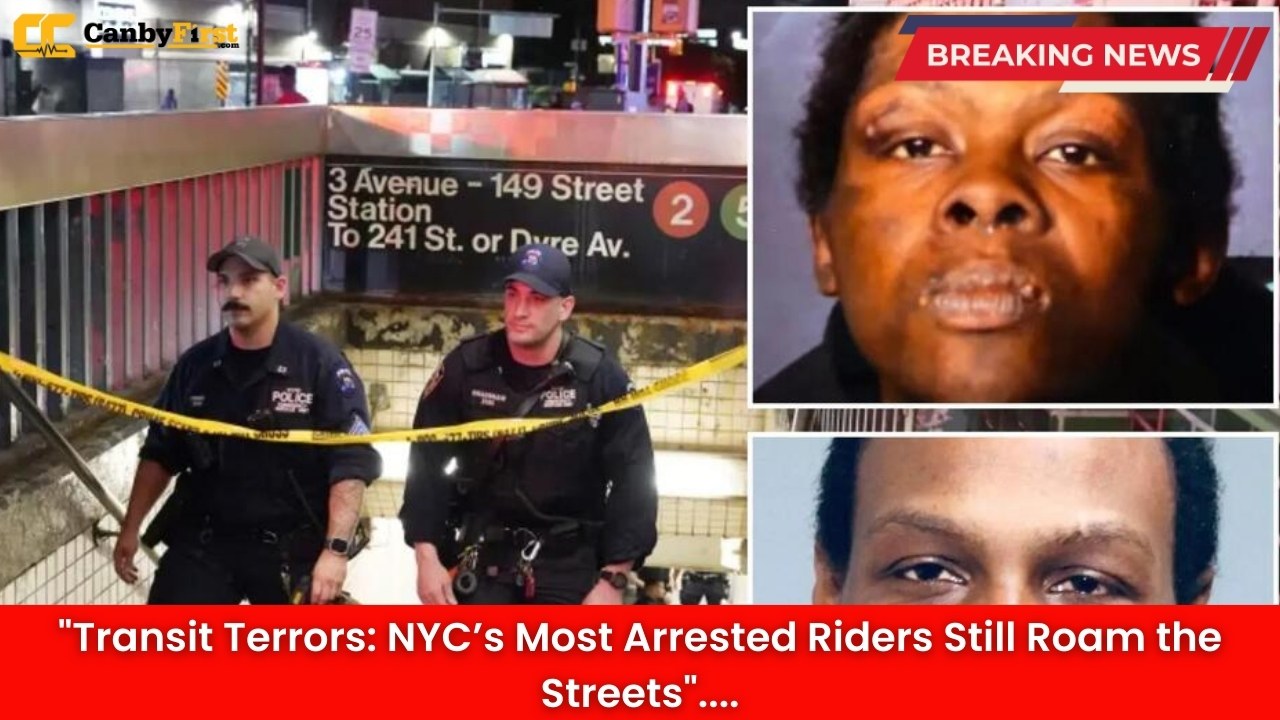New York, US: In the heart of New York City’s transit system, a troubling handful of repeat offenders have amassed more than 5,000 arrests combined—yet many of them continue to walk the streets and ride the subway, fueling growing concerns about safety underground.
A Cycle of Crime and Return
Transit crime in New York has become one of the city’s most heated debates, and at the center of it are a select group of individuals who seem almost untouchable by the justice system. These men and women, dubbed by some law enforcement officials as “transit terrors,” are reported to have been arrested countless times for offenses ranging from fare-beating to violent assaults. Despite the staggering number of busts, many of them are released soon after, only to return to the same subway platforms and train cars.
The sheer volume of their criminal records has startled both transit workers and everyday riders. Riders frequently report seeing the same faces commit thefts, harass passengers, or cause disruptions, even after police intervention.
Also Read
More than 5,000 Arrests
Authorities estimate that just a small circle of these transit repeaters—barely more than a dozen individuals—account for more than 5,000 arrests in total. Their persistence illustrates the deep cracks in the city’s criminal justice system and raises urgent questions about bail reforms, prosecutorial priorities, and the capacity of transit police to manage such serial offenders.
One striking example often cited by officials involves a man with more than 100 arrests, many of them for fare evasion and assaults against transit staff, who still remains a familiar figure on certain train lines. The same trend persists across others with rap sheets stretching from minor misconduct to violent altercations.
Fear Among Passengers
For New Yorkers who rely on subways daily, this issue hits close to home. The presence of serial offenders seeds an environment of fear, where routine commutes can quickly descend into danger. A number of train operators and conductors have reported being attacked or threatened while simply doing their jobs, while commuters describe incidents ranging from stolen phones to physical intimidation by repeat offenders.
For many riders, the message is clear: police may remove offenders one day, but they are back the next, often emboldened by a system that seems incapable of keeping them off the rails.
The Justice System Loop
The revolving door of arrests and releases lies at the center of public frustration. Under recent bail laws and prosecutorial guidelines, many lower-level offenses no longer result in extended detention. While critics argue that this ensures fairness and prevents overcrowding in jails, others say it leaves law-abiding New Yorkers vulnerable to habitual lawbreakers who exploit the system.
Judges, prosecutors, and lawmakers find themselves caught in a tense debate: how to balance public safety with principles of reform. Meanwhile, subway riders endure the very visible consequences of that struggle.
Calls for Action
Transit unions have repeatedly urged city officials to find solutions, stressing that both workers and passengers deserve better protection. Some city leaders are now pressing for stricter consequences for repeat transit offenders, suggesting that those with multiple arrests should face harsher penalties or longer bans from the subway system. Governor and mayoral officials have floated proposals ranging from increased mental health interventions to mandatory programs targeting individuals with chronic records.
While solutions are debated, the men and women with thousands of arrests between them remain a daily presence across the city’s sprawling transit network.
The Stakes for NYC
Public confidence in New York’s transit system is on the line. Once considered one of the city’s most vital arteries, the subway is still struggling to win back riders after pandemic-era declines. Persistent safety concerns only deepen hesitancy, particularly when headlines reveal the same repeat offenders returning again and again.
In a city where millions depend on trains and buses every day, the looming question remains unanswered: How many times should someone be allowed to terrorize commuters before lasting protections are enforced?












